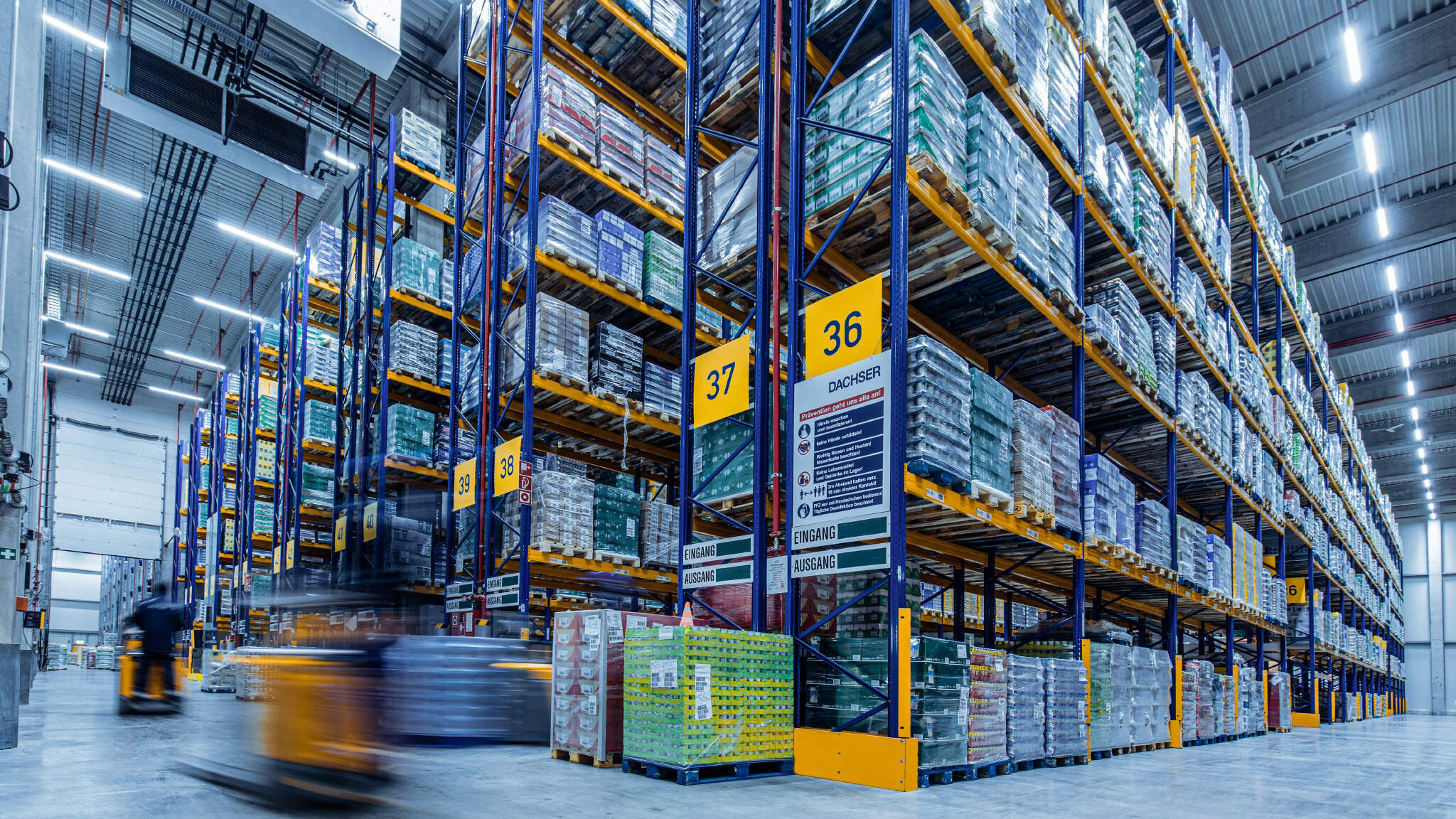Ready to turn insight into action?
We help organisations transform ideas into measurable results with strategies that work in the real world. Let’s talk about how we can solve your most complex supply chain challenges.

Global Trade in Uncertain Times
For Australian and New Zealand (ANZ) businesses, supply chain resilience has never been more critical. The spectre of new US tariffs under a Trump presidency could send shockwaves through global supply chains, impacting trading partners, costs, and ultimately, ANZ consumers. As CEOs and CFOs grapple with potential disruptions, proactively assessing supply chain infrastructure, assets, locations, capabilities, and partnerships is imperative.
This article explores the intended purpose of Trump’s tariffs, their potential impact on ANZ trading partners, and how businesses can prepare. It also highlights how Trace Consultants can assist organisations in navigating these challenges using scenario modelling, n-tier analysis, supply chain resilience frameworks, and inventory optimisation.

Trump’s Tariffs: What’s the Intent?
Trump has consistently pursued protectionist economic policies, with a particular focus on reshoring manufacturing and reducing the US trade deficit. His tariffs—previously imposed during his first term and potentially reinstated or expanded—are aimed at:
- Boosting Domestic Manufacturing: By making imported goods more expensive, tariffs aim to incentivise American companies to source locally.
- Pressuring China and Other Trading Partners: Higher tariffs on Chinese goods are a bargaining tool to force trade concessions.
- Strengthening the US Economy: By encouraging domestic production and reducing reliance on global supply chains, Trump seeks to revitalise American industry.
However, these tariffs have wide-reaching global consequences, especially for export-driven economies like China, the EU, and key US allies, including Australia and New Zealand.
How Could These Tariffs Impact ANZ Businesses?
1. Disruptions in Key Trading Partners
Australia and New Zealand are deeply embedded in global trade networks, relying on China, Japan, South Korea, the EU, and the US for both imports and exports. Trump’s tariffs will likely hit China hardest, but the ripple effects will be felt across the Asia-Pacific region.
- Higher costs for Chinese-manufactured goods: With tariffs in place, US companies may shift supply chains away from China, affecting Chinese manufacturers that source raw materials from Australia (e.g., iron ore, lithium, and coal).
- Downstream impacts on ANZ supply chains: As US tariffs disrupt traditional trade flows, ANZ businesses relying on Chinese and Asian suppliers may see cost increases and sourcing challenges.
- Potential retaliatory tariffs: If China, the EU, or other affected nations respond with their own trade barriers, ANZ exports could be caught in the crossfire.
2. Increased Supply Chain Costs and Inflationary Pressure
If the cost of manufacturing and freight rises due to tariff-induced supply chain shifts, ANZ businesses will likely face:
- Higher input costs for goods sourced from impacted regions.
- Potential delays in securing materials and finished products.
- Increased logistics and transport costs, particularly for companies reliant on US-China trade routes.
This could drive up inflation, leading to higher prices for ANZ consumers.
3. Geopolitical Uncertainty and Business Confidence
Trade tensions between the US and its partners create uncertainty, affecting:
- Exchange rates: A volatile global market could see currency fluctuations impacting import and export pricing.
- Investor confidence: Australian and New Zealand businesses may see reduced foreign investment if economic conditions become unpredictable.
- Demand shocks: If key export markets like China slow down, demand for ANZ commodities (iron ore, dairy, meat, wine) may weaken.
How Businesses Can Prepare, Anticipate, and Respond
To navigate the risks of Trump’s tariffs and their flow-on effects, ANZ businesses must take a proactive approach by strategically assessing their supply chain infrastructure, assets, locations, capabilities, and partnerships.
1. Conduct a Strategic Supply Chain Review
Businesses must map their end-to-end supply chains to identify vulnerabilities and assess potential alternative sourcing strategies. This includes:
- Reviewing supplier dependency: Assessing reliance on China or other affected markets.
- Identifying alternative suppliers: Evaluating nearshoring, friendshoring, or regional supply bases (e.g., sourcing from Vietnam, India, or domestic suppliers).
- Analysing transport and logistics resilience: Understanding risks in shipping routes, port congestion, and freight costs.
2. Deploy Scenario Modelling for Risk Assessment
To prepare for multiple possible tariff outcomes, businesses should model different trade scenarios to assess financial and operational impact.
- Scenario planning tools can project cost increases, sourcing shifts, and delivery delays.
- Multi-tier impact analysis can assess how first-, second-, and third-tier suppliers will be affected by trade restrictions.
3. Strengthen Supply Chain Resilience
Building resilience requires improving visibility, flexibility, and redundancy in supply chains.
- Diversify supplier networks: Expanding beyond a single-source strategy mitigates risk.
- Invest in digital supply chain visibility: Technologies like AI-driven analytics, blockchain tracking, and IoT monitoring can improve real-time insight into supplier performance and risks.
- Enhance nearshoring strategies: Reviewing onshore and nearshore options (e.g., sourcing more from ANZ-based suppliers or closer trade partners like Indonesia).
4. Optimise Inventory and Working Capital
Higher tariffs could lead to increased stock costs. Businesses should:
- Use advanced inventory optimisation to balance cost and availability.
- Leverage AI-driven demand planning to adjust procurement schedules dynamically.
- Implement lean but resilient safety stock strategies to protect against supply disruptions.
How Trace Consultants Can Help ANZ Businesses Navigate This Challenge
Trace Consultants has extensive experience helping businesses adapt to supply chain shocks, trade disruptions, and geopolitical risks. We provide:
1. Scenario Modelling for Strategic Planning
Using custom-built models, we simulate tariff impacts, freight cost increases, and supplier risk scenarios to give CEOs and CFOs clear financial projections and strategic pathways.
2. N-Tier Supply Chain Analysis
Many businesses only assess first-tier suppliers, but real risks lie deeper in the supply chain. Our n-tier analysis tools map supplier networks multiple layers deep to uncover hidden dependencies.
3. Supply Chain Resilience Framework
We deploy resilience strategies focused on:
- Diversification of supplier networks
- Contingency planning for trade disruptions
- Technology-driven supply chain visibility
4. Inventory Optimisation for Cost Control
Using AI-driven forecasting and supply planning methodologies, we help organisations minimise capital tied up in inventory while ensuring supply chain stability.
Take Action Before Disruptions Escalate
Trump’s tariffs—and their knock-on effects on global supply chains—present a significant challenge for ANZ businesses. However, by proactively assessing risks, deploying scenario modelling, strengthening supply chain resilience, and optimising inventory strategies, businesses can mitigate impacts and maintain a competitive edge.
CEOs and CFOs must act now to stress-test their supply chains and future-proof operations. Trace Consultants stands ready to help navigate the uncertainty ahead with data-driven insights, strategic foresight, and proven methodologies.
Want to assess your supply chain risk exposure?
Contact Trace Consultants today to discuss how we can help your business prepare for evolving global trade dynamics.
Ready to turn insight into action?
We help organisations transform ideas into measurable results with strategies that work in the real world. Let’s talk about how we can solve your most complex supply chain challenges.








